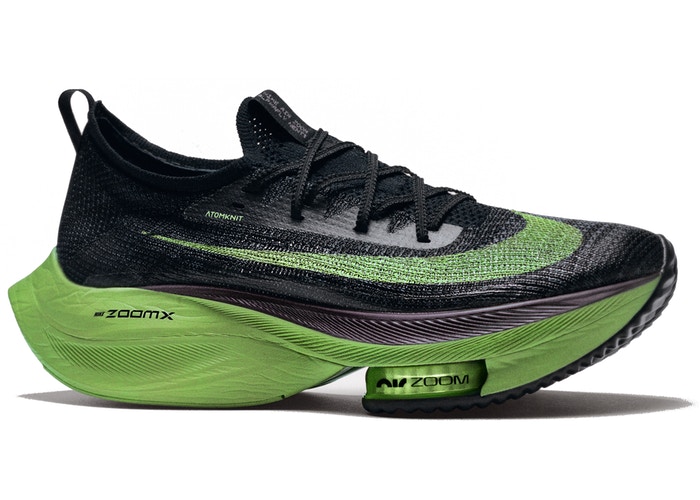This past Monday should have seen the running of the Boston Marathon. I’m not a marathoner, but it’s hard not to pay just a bit of attention to Boston, the longest running (since 1897) marathon in the world. The event, like so many others, has been postponed due to the coronavirus pandemic, and will be run in September.
Still, Boston pretty much signals the start of marathon season, the first of the “Big Six” (Boston, London, Tokyo, Berlin, Chicago, New York) to be run (although there’s some close timing with London, which is also an April race).
With marathoning on my mind (if not in my feet), my thoughts naturally turned to running technology.
Technology is nothing new to the running game. There have been sensors – a technology that’s squarely in the Critical Link wheelhouse – to record runners crossing the finish line, and soon after that, to track progress throughout a race, for more than 20 years now. And running shoe improvements that relied on technical breakthroughs have played a big role in speeding up races.
Recently, in anticipation of the now-postponed Tokyo Olympics, there’s been a fair amount of news about Nike’s Vaporfly Alphafly Next%, which can supposedly increase a runner’s efficiency by an extraordinary 7-8 percent. (Other resource suggests that the efficiency gain is closer to 4 percent, but that’s still a lot.) Those efficiency increases are thanks to the carbon-fiber  plate and the types of foam used in the shoe, technology used to store and recover energy when a runner needs a boost. The new Nikes have been okayed by running authorities, but it’s not clear when the next race they’ll factor in will be held. Whenever that race does occur, winning it will still be up to the runner. Even if I laced up a pair of Alphafly Next%, I don’t think I’d be winning any marathons!
plate and the types of foam used in the shoe, technology used to store and recover energy when a runner needs a boost. The new Nikes have been okayed by running authorities, but it’s not clear when the next race they’ll factor in will be held. Whenever that race does occur, winning it will still be up to the runner. Even if I laced up a pair of Alphafly Next%, I don’t think I’d be winning any marathons!
There’s more to running technology than the Alphafly Next%
There’s more to running technology than the Alphafly Next%, and last January Runners World did a roundup on the best running-related tech they saw at CES 2020.
There’s smart everything these days, and Runners World liked Nurvv Smart Insoles. At $300 a pop (that includes a tracker), the Nurvv:
…analyzes your gait through a sensitive network of 16 pressure points and beams that info to an app on your smartphone. The immersive live coaching feature then provides you with actionable changes to make while you’re running—like shortening your stride, increasing your cadence, or tweaking your footstrike—so you can prevent getting sidelined.
There’s a Beflex tracking chip embedded in Soul Blade earphones. The AI BioMech Engineer can track more than 20 metrics, including “distance, step length, head angle, footstrike landing force, and even leg stiffness and symmetry by detecting subtle nuances and changes in head motion.” It can then supply you with coaching tips when you’re on the run.
Whether you’re a runner or not, the MaxPro Portable Fitness Machine is “actually a fully functional, all-in-one smart gym that can be packed up small enough to wear on your back.” Forget putting weights on and off, this gym has dial ups that can add up to 300 pounds of resistance. Guess there’ll be no excuses now!
For a workout using a machine you can’t wear on your back, there’s a treadmill, the BodyEnergy, with handles that “help move the belt along with your feet,” helping runners learn to really use their arms.
There are a bunch of other products mentioned, but my favorite is the SigmaFit Transforma X Bag that comes equipped with:
…an internal UV light that promises to disinfect stinky shoes and dirty laundry, a solar-powered charger for your phone, heated pockets for food and drinks, an integrated scale that displays the bag’s total weight when loaded up, and pockets specifically designed for virtually everything you might need for a weeks’ worth of traveling: anti-spill for toiletries, anti-scratch for your phone, anti-theft for valuables, padded for your laptop, and easy-access for cash and cards.”
Only $250 for all that, and it’s small enough for carry-on – if and when we ever get back to flying.
Anyway, it’s a week when I’ve been thinking about running, and running tech came to mind just after it. As happens when an engineer starts thinking about pretty much anything.
